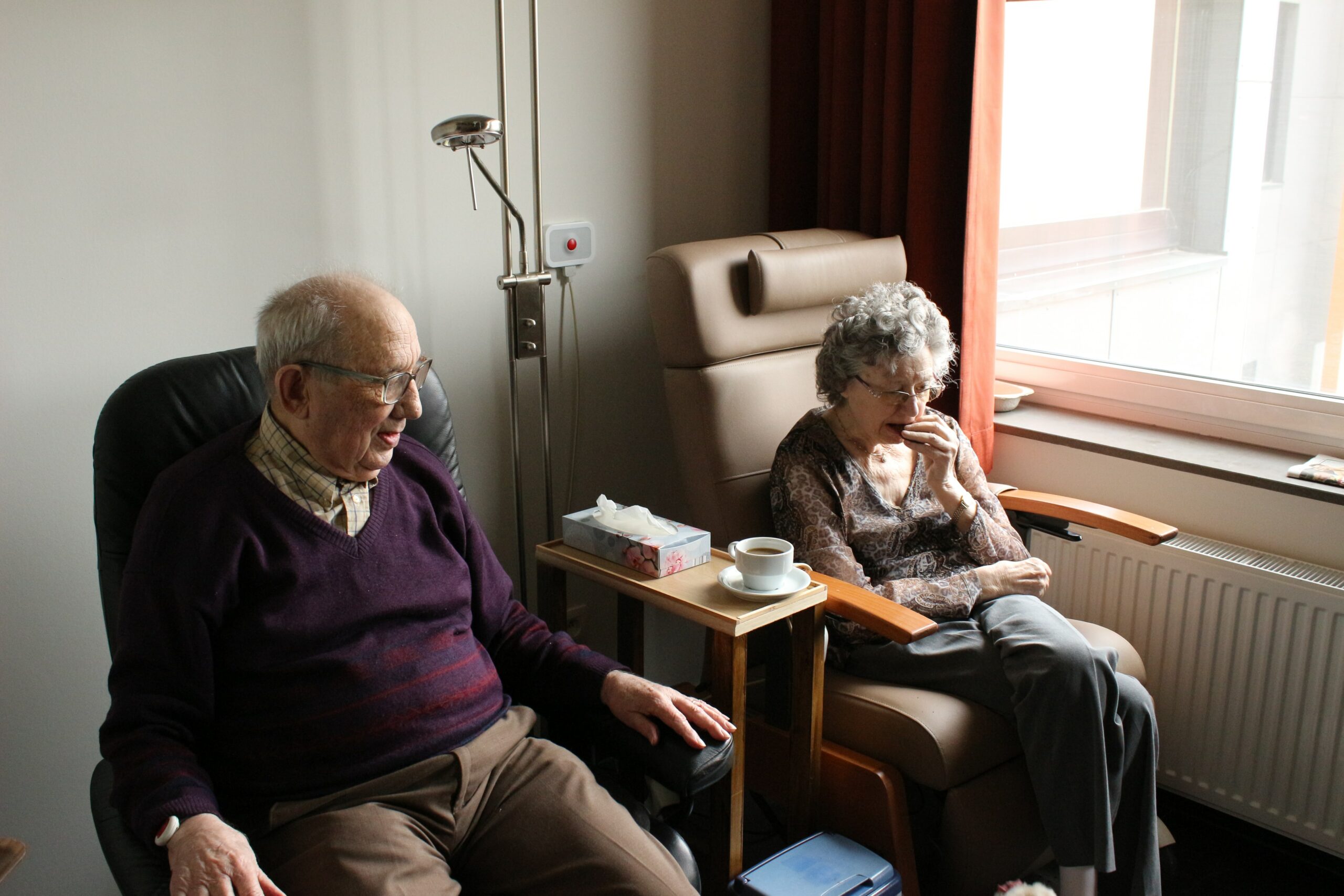
Naturally Occurring Retirement Communities (NORCS) and next-gen tech
Open Lab, University Health Network (UHN)
Two years ago, AMS Healthcare partnered with UHN OpenLab to explore the trend of Canadian seniors increasingly moving to vertical living – urban apartments, condos and co-ops – in order to remain living independently. The project saw AMS-funding support OpenLab efforts to develop products and technology-enabled solutions to support seniors while aging in these vertical communities. That funding has now resulted in the 3 high-potential concept models that could shape the future of aging in place presented in the just-released “Vertical Aging” reports.
We partnered with OpenLab at the University Health Network for this research project. Our goal? Studying the forces of change that influence the spread for NORCs in Canada. We also conducted a survey of next-generation technologies that will help Canadians age in place in the near future. Contrary to popular belief, seniors are increasingly comfortable using technology and expect to engage with it to access care. See the three areas where technology is critical to progress in this field, and consider how we’ll get there.
Related Resources
Vertical Aging: The Digital Neighbour Network
In order to remain at home, most seniors will need some type of support to get by. Neighbour-to-Neighbour networks may help fill that gap, especially if located within the same building or neighbourhood.
Vertical Aging: The Connected Care Hub
Connected Care Hub is a mixed model of service delivery that utilizes both physical and digital supports to help seniors in NORC buildings age in place.
Vertical Aging: Social Spaces
The design of our physical spaces matters more to psycho-social states of well-being than ever previously imagined. This report aims to understand the stock of rental apartment buildings (in Toronto) that qualify as NORCs.

